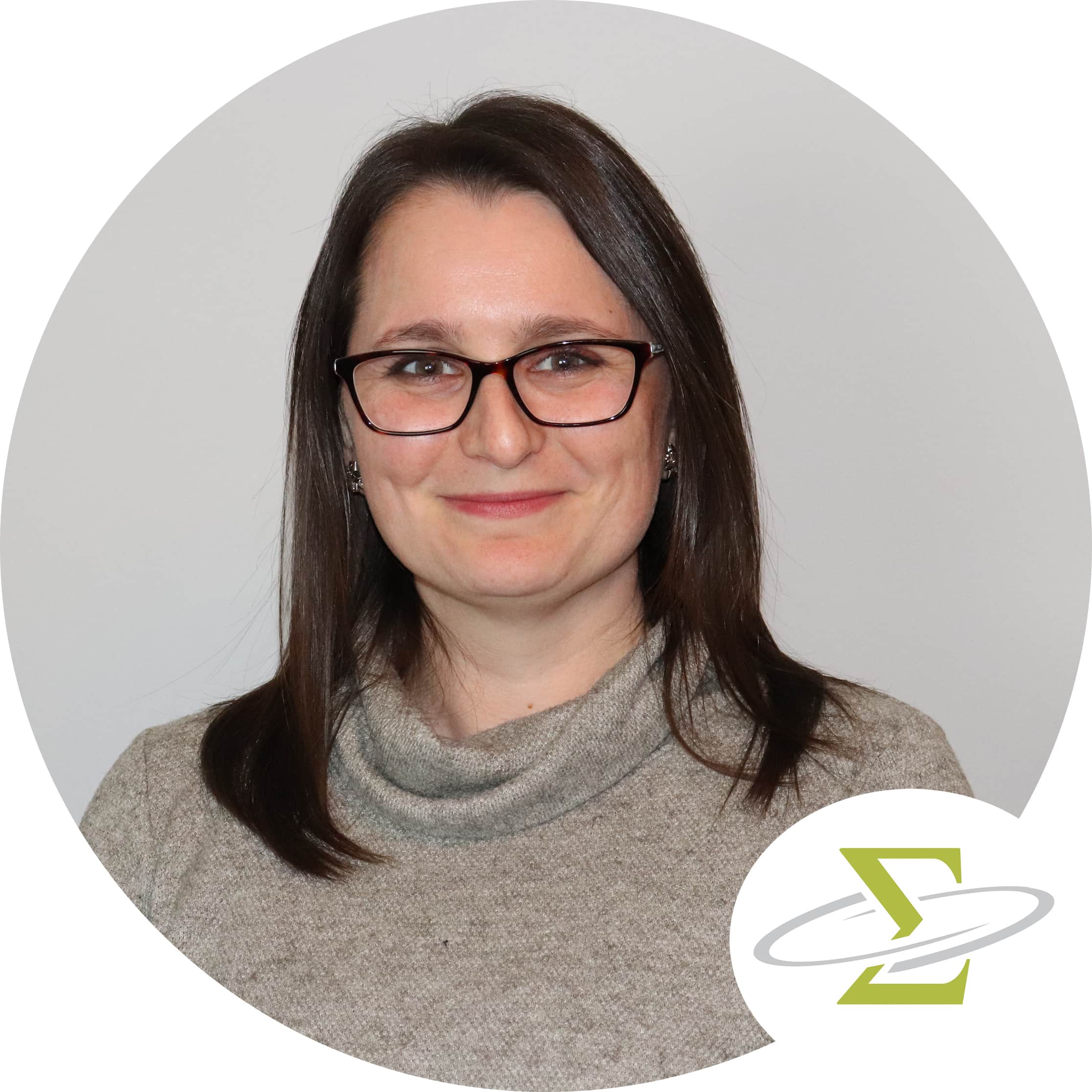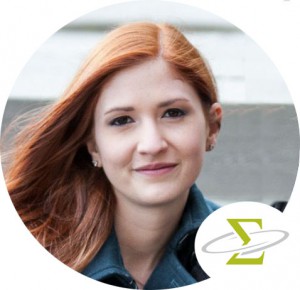SIGMA’s 4-Step Talent Development Process
Talent development is one of the most important strategic efforts an organization will undertake. Studies have shown that talent development increases employee engagement, job satisfaction, and performance.[i] It also plays an important role in attracting and retaining staff. High-potential talent development is about identifying top talent and helping those individuals reach their full potential. This is important for developing future leaders, but it is also important for keeping top talent engaged, preventing turnover, and optimizing team performance.
Organizations that are ready to start investing in their people can use SIGMA’s 4-step talent development process to help guide their efforts. These steps provide guidance on the most important stages of talent development. SIGMA has also developed a suite of tools and templates to help you along the way. Check out our complete High-Potential Talent Development Guide or download individual templates below.
The Four Steps of Talent Development

Step 1: Review Talent
The first step in building a high-potential development program is to complete a comprehensive review of the current talent in the organization. This holistic approach provides an in-depth understanding of individual potential across the organization. It also helps leaders understand the talent that currently exists within their teams and select the first cohort of high-potential candidates for development. To complete this step, create an inventory of the existing talent in the organization and shortlist high-potential individuals who show promise for taking on greater responsibilities in the future. Use SIGMA’s 9-box grid, to help you organize your talent inventory.
TOOLS/TEMPLATES: SIGMA’s 9-Box Grid, Talent Review Survey, How to Populate the 9-Box Grid

Stage 2: Assess Talent
Scientifically validated assessments can add objectivity to the talent development process. Assessments are used to identify individual strengths and development areas, highlight shared strengths and skill gaps in the high-potential pool, and validate talent against the high potential-benchmark. To begin this step, identify high potentials by comparing individual strengths and development opportunities to the high-potential benchmark, a curated list of leadership competencies that are indicative of high potentials within an organization. Use the benchmark to understand each candidates’ skills gaps and determine where they need further training. Then, use assessment data to design and tailor training programs, workshops, and other development activities for the high-potential group.
If you’re looking for a valid and reliable leadership assessment, take a look at the Leadership Skills Profile – Revised™ (LSP-R). The LSP-R is SIGMA’s flagship leadership assessment, and it assesses employees on the 50 leadership competencies included in our Leadership Competency Framework. Taken together, these tools can provide an objective and holistic measure of talent to accurately identify high-potentials.
TOOLS/TEMPLATES: High-Potential Benchmark (sample), LSP-R

Stage 3: Build Capacity
Beginning a new development initiative can be challenging. In any high-potential program, the support and guidance of leaders and internal coaches is essential for success. Leaders are a valuable resource for employees and should be able to support their development via coaching, mentoring, and on-the-job training. SIGMA’s internal coach training helps organizations build this capacity for talent development and foster successful skill-building experiences.
TOOLS/TEMPLATES: If you are interested in bringing SIGMA’s Internal Coaching Training to your organization please book a call with one of our consultants.

Stage 4: Develop Skills
Once an organization knows who will participate in the talent development program, and internal coaches have been prepared, the talent development process can begin. This is the most time consuming but also the most important step because it’s where talent development actually happens. To help organizations streamline the process, SIGMA has created a few talent development templates that leaders can use with their team. Start by outlining everyone’s strengths and development opportunities using the Talent Profile template. In addition to the LSP-R, consider assessing high-potentials with a 360 degree feedback tool like SIGMARadius. Then, set up one-on-one coaching sessions to guide high-potentials through their individual development journey. Use the Development Actions Form to structure the development process, outlining goals and corresponding activities that will be used to help participants get the experience they need. As the candidate develops, use the Talent Progress Scorecard to track progress and measure success.
For organizations who do not have the resources or capacity to support skill development internally, SIGMA’s consultants also offer a variety of coaching and talent development services. To learn more, book a call with one of our consultants.
TOOLS/TEMPLATES: SIGMARadius, Talent Profile (Sample), Development Actions Form, Talent Progress Scorecard
Looking for More?
For additional support in the talent development process, check out SIGMA’s Lunch and Learns. These 1-hour virtual seminars focus on developing a specific leadership competency in a practical, convenient way. Each seminar is taught by one of SIGMA’s expert consultants and includes an introduction to the leadership competency being covered, practical tips on how to develop that competency and apply it in the workplace, as well as access to slides and additional resources following the seminar. Lunch and Learns are built for organizations looking to augment their talent development process, or begin building one from the ground up. Also take a look at SIGMA’s individual and group coaching, and please don’t hesitate to reach out to the team with any questions!
Meet Our Talent Development Team

Brittney Anderson, Ph.D.
Senior Consultant & Executive Coach
Brittney is a member of our coaching and consulting team. She brings her expertise in evidence-based practice to provide companies with leadership solutions that meet their needs. Primarily, Brittney helps her clients prepare for their future with succession planning and comprehensive leadership development programs. As an executive coach, she helps leaders hone their skills using a process-based approach to development.

Arieana Thompson, Ph.D.
Senior Consultant
Arieana is a senior leadership consultant. She believes in positively transforming the modern-day workplace through thought-provoking, evidence-based insights. Arieana is a subject matter expert in executive leadership, succession management, wellness cultures, and employee growth. In her work at SIGMA, she supports executive teams with succession planning and leadership development and assessment.

Erica Sutherland, Ph.D.
Senior Consultant & Executive Coach
Erica completed her Ph.D. in Industrial-Organizational psychology at Western University. She is a Senior Consultant at SIGMA, where she delivers consulting services and Succession Planning solutions to clients. As a member of SIGMA’s executive coaching team, Erica works one-on-one with leaders to develop talent. She also brings her expertise in measurement and psychometrics to the R&D team, assisting with the development and validation of SIGMA’s many assessments.
[i] CCL. 2022. How to Boost Employee Engagement and Motivation. CCL. Retrieved from https://www.ccl.org/articles/leading-effectively-articles/3-ways-to-boost-employee-motivation/.